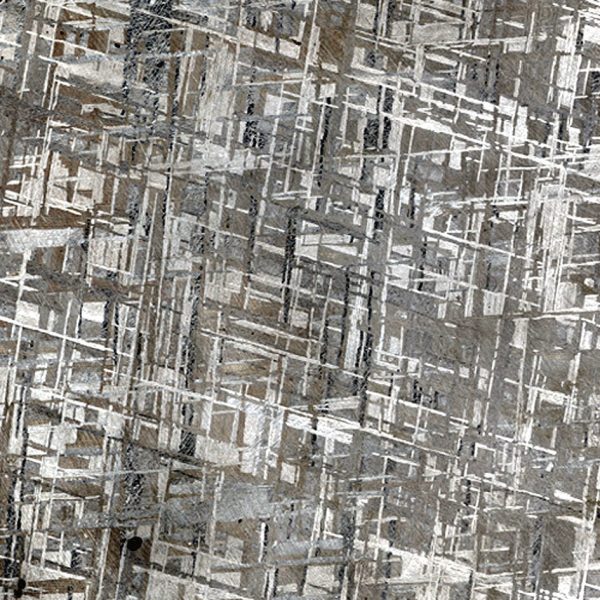We have already discussed here many times the famous Alvan master blacksmith of antiquity, Fodallain Goraethvi, and now I suddenly decided to write a few more things about him.
But first, let's go a little aside. What did ancient peoples forge before they learned to smelt iron from ore? Bronze - no doubt; but in some places there were also iron meteorites, and they were quite useful.
Since people then had problems obtaining high temperatures, they had to use cold forging. Or cut this very meteorite iron. And beat him somehow. In general, the situation is clear. But even when the cheese furnace was invented first, and then many other metallurgical things, the problem did not go away. The vast majority of iron meteorites also contain a considerable proportion of phosphorus and sulfur (in the form of iron sulfide), which make forging very difficult. When heated even to 950 degrees, such things begin to crack and literally fall apart.
Of course, there is a relatively simple way out - either melt the whole thing to hell and cast it into something that can be forged, or burn out everything unnecessary and forge the resulting pieces together. But in both the first and second cases, the aesthetic appeal is lost: the Widmanstätt figures (see attached image), which were present in the original form of the meteorite, are greatly deteriorated.
In short, what do I mean? There are eyewitness accounts that Comrade Fodallein worked with meteorite iron. And he worked in such a way that these same Widmanstätt figures were not damaged at all. Apparently, he also forged weapons from it that held an edge for a long time - which means he somehow knew how to saturate the alloy with carbon. And this is one of his secrets that has not yet been revealed.
Don't get me wrong, he was usually eager to describe the technologies he invented. Many of his treatises have survived to this day in very good condition. But this is precisely one of the few things he decided to keep secret. Why is that? It’s unlikely that anyone will be able to say now.

